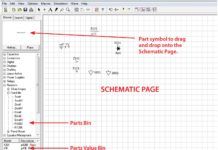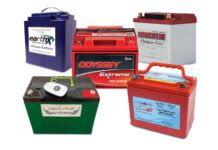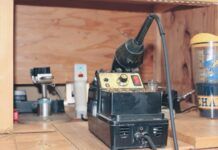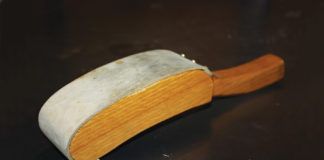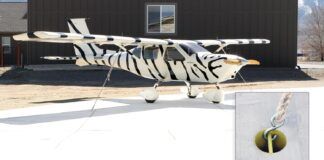Discussions about the operation and design of aircraft often include the word “reliability.” But what is reliability? It’s not sold by the bucket. You can’t see, taste, feel or smell it. The phrases “mean time between failure” (MTBF) or “mean time between repairs” (MTBR) are intended to quantify the probability that any component or collection of components will fail to perform as designed, if it wears out or breaks. MTBF and MTBR are calculated values using established reliability numbers for components whose failure will degrade or disable an appliance altogether. Reliability studies are used to improve an airplane’s performance in two ways. The biggie is cost of ownership—things that break necessitate expenditures to get the machine airworthy again. The second concern for reliability studies seeks to answer the question, What features of this adventure put me and my machine at the greatest risk—and what can be done to reduce that risk?
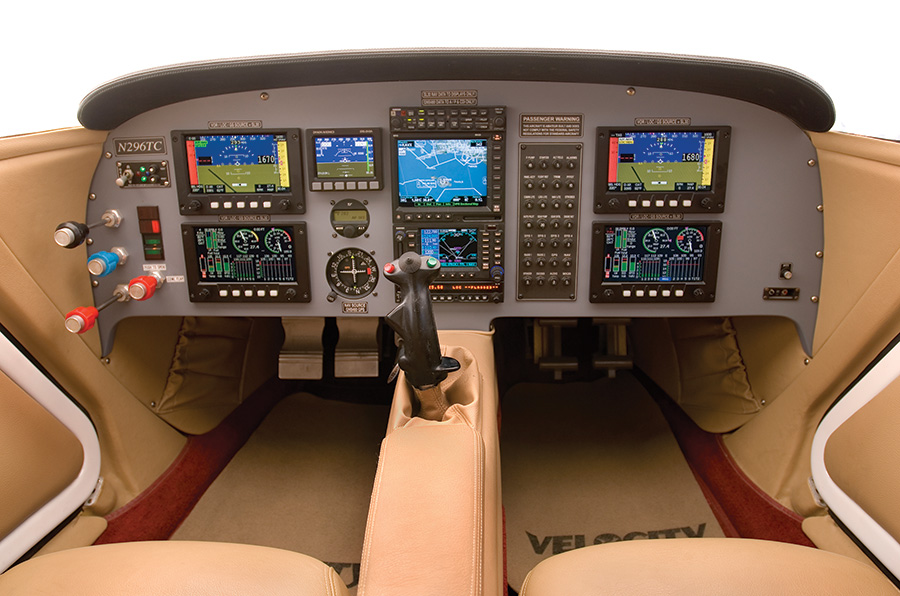
Many builders achieve functional reliability by including a variety of components that can do the same job.
The dictionary definitions for reliability speak to dependability, trustworthiness and predictability. But those are non-quantified terms. Just how much can we depend on any particular appliance to be available and performing well at such time we may need it most?
When discussion is focused on matters of structure (wings that don’t break), energy requirements (fuel tanks that don’t leak) and unfriendly performance (airfoils that don’t stall like a rock), most conversations are pretty relaxed. Legacy processes and technologies have demonstrated comfortable histories. But start a conversation on glass panels, electronic-controlled fuel injection, or ignition systems and conversation begins to ponder “reliability.”
The word “mean” is the same as “average.” To conduct a real-life study of MTBF, you track the performance of say, 100 samples over some sufficiently long period, say 1000 hours. Let us suppose such a study produced three failures. Three failures in 100,000 device-hours. The MTBF number for the product is 33,000 hours. MTBF is often converted to a failure rate. In this case it would be 30 failures per million operating hours. But wait, only 1000 hours? Gee, maybe this is a really long-lived product. Is 1000 hours realistically long enough?
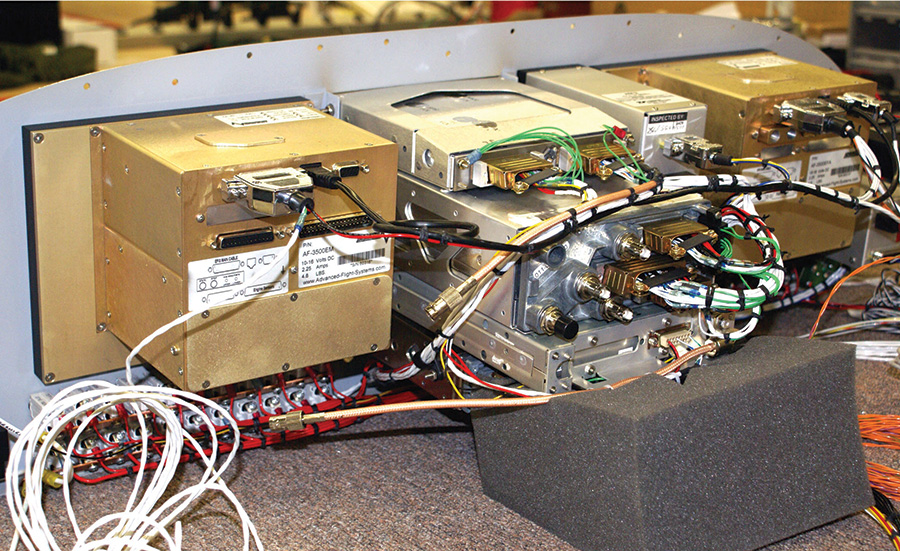
Reliability extends beyond the choice of components—good workmanship is key to reliable connections and a panel that you can trust.
Few products get tested in real life. Most MTBF numbers are deduced by an analysis of failure rate based on the sum of failure rates for potential failure points in the appliance. Add up all the rates taken from an “encyclopedia of failure rates.” Then take the reciprocal of the sum and “shazam!” You have an MTBF number that may well be in the tens of thousands of hours—that sounds pretty comforting when the number is known before the first production example of the product gets bolted to an airplane!
The problem is that reliability studies are not intended to predict performance of any one device. MTBF studies have the greatest utility in predicting fleet-wide cost-of-ownership and maintenance. If one of the three hypothetical failures cited above occurred in the first hour of service, MTBF for the constellation of devices would not have changed. But the owner-operator who suffered the failure may well speak ill of “the guys who produced this piece of junk.”
Designers of electro-whizzies for airplanes use MTBF studies to compare one design against another. It’s a good thing to craft a device that meets performance requirements while maintaining a high MTBF. Such designs offer the lowest cost of ownership for a fleet of installed devices. However, big MTBF numbers offer only cursory confidence that the glass is going to stay lighted until the airplane exits the far side of the clouds.
What’s a poor rivet bucker to do? At some point in time it is expected that the machine will launch into the blue with your grandchildren’s grandpa on board. You read the ads, lurk on all the blogs, listen to the sales pitches over the counters at Oshkosh, and ponder all the well-meaning builders’ “input” that purports to aid your desire for a “reliable” airplane.
System reliability has been a favorite forum topic of mine in the tents at OSH. I have consistently championed the idea that designing a reliable flight system is not difficult. Note that I used the term “flight system.” I’ve also maintained that a system sprinkled with devices having low or perhaps unknown MTBF numbers should not give us pause for concern.
Let’s step back and look at the flight-worthy airplane as a component of a flight system. Here’s my personal list of reliability priorities:
I. Airframe
1. Surfaces
2. Structure
3. Flight Controls
II. Pilot
1. Skills
2. Training
3. Physical Condition
III. Power Plant
1. Engine
2. Propeller
3. Fuel/Ignition Systems
4. Controls
IV. Systems
1. Electrical
a) Battery
b) Alternator
c) Panel Lighting
d) Primary Nav Radio
e) Transponder
f) Navigation Aids
2. Landing Gear
etc.
etc.
We can debate the relative position of items listed with respect to “criticality.” Priorities are shuffled depending on pilot skills, equipment installed, and anticipated environs through which the airplane will be operated.
Irrespective of how your personal list reads, it’s important to identify those items necessary for comfortable termination of flight. Assume they will fail at some point in time, and strive to craft a backup with endurance greater than fuel aboard. Note that the electrical system is pretty far down the list in terms of ranking items needed for sustained flight, and I’ve listed the battery as #1 on the list.
As suggested above, reliability studies are applicable to every component of a flight system. I will assert here that the MTBF number for batteries is very large. Same assertion applies for tires, engines, oil, and fuel. All of these things are commodities designed for finite service lives. Tires get replaced based on tread wear; using too small a tire on a heavy airplane is considered blatant folly. Oil gets changed out at prescribed intervals, and with a product demonstrated to give good service life. Fuel will always keep the fan turning up front, as long as you match expected endurance to volume and take care that it’s the proper fuel and not contaminated.
When sized to task and dutifully maintained, the battery becomes the single most reliable source of electrical energy on the airplane. It’s so reliable that I’m extraordinarily curious when a builder talks plans for a backup battery in their project.
When I inquire as to the reasoning for adding a second battery, the response is invariable prompted by worries stirred up by a litany of what I’ve called “dark-‘n-stormy-night” stories in the journals. Then there are hangar tales circulated amongst pilots that speak to harried experiences where “the battery died.” But we are seldom told if the battery was not properly sized to the pilot’s expectations or deprived of periodic maintenance.
A common thread running through studies for a vast majority of “electrical system failures” will lead to a discovery that the battery was not operated with the same due diligence that the victim pilot pays to fuel, oil, and tires. Tires, oil, fuel in tanks, and batteries are all exceedingly reliable when used within their design limits. If prime factors for an accident include one of these commodities, then the event becomes less like an accident and more a demonstration of elevated risk due to misapplication of the commodity; i.e., an accident looking for a place to happen.
The thrust of this article is to encourage planning that strives to select and maintain a battery for performance goals—a condition no more complex or difficult to achieve than establishing service limits on fuel, oil, and tires.
The second line of reasoning for risk reduction is to have backups for critical components. The battery is a backup for the alternator. Nowadays, one can add a second alternator for very small penalties in weight and cost. Therefore, a properly maintained battery could be an exceedingly dependable backup for two alternators. Alternators are highly stressed devices, and batteries have finite service lives. Suppose these components had MTBF numbers on the order of 500 hours. Would that be cause for concern; should you consider two batteries?
Here is where failure-tolerant design and maintenance comes to the rescue. Even if all those energy sources demonstrated low MTBF numbers, what is the likelihood that you lose both power sources during the expenditure of any single tank full of fuel? I judge that it’s about the same order of risk for loosing both magnetos on any given flight. So if you’re willing to launch into the murk with two mags, then you’re on no thinner ice to do it with one alternator and one properly sized and maintained battery.
Nuckolls’ First Law of Airplane Systems Design sez: “Things break.”
The Second: “Systems shall be designed so that when things break, no immediate hazard is created.”
The Third: “Failure-tolerant design dictates that items needed for comfortable termination of flight are backed up with Plan-B alternatives.”
The Fourth: “Upgrading the quality, reliability, longevity, or capability of a part shall be because you are tired of replacing it or want some new operating feature, not because it damned near got you killed.”
I fly rental airplanes. I’ve never inquired as to the history of the airplane’s electrical issues. Handheld alternatives to the panel-mounted hardware offer redundancy completely independent of the airplane. My personal approach to failure tolerance allows me to comfortably terminate a flight with a stone-cold electrical system. (See www.aeroelectric.com/Pictures/MiscTemp/Failure_Tolerance.pdf) Crafting your personal approach to failure tolerance is not difficult.
Fly comfortably…

![]()
Bob Nuckolls retired from Beech Aircraft in 2007 after more than 45 years of work in certificated aviation and over 25 years of support for the homebuilt aircraft industry. Bob publishes “The AeroElectric Connection” from his website at www.aeroelectric.com He also hosts the AeroElectric-List on Matronics.com. This special interest forum serves approximately 1600 participants.







